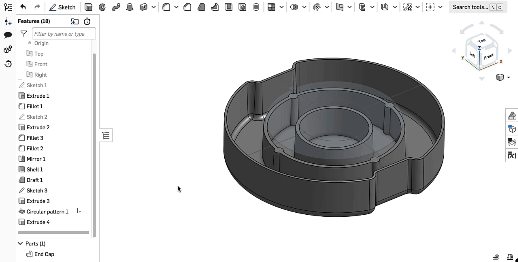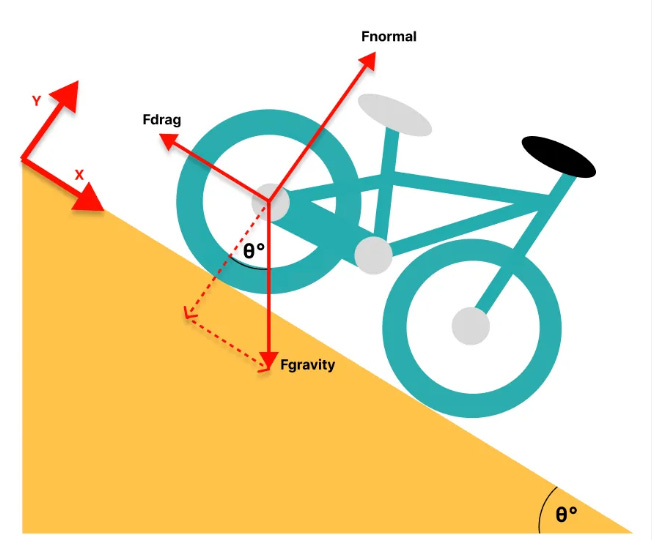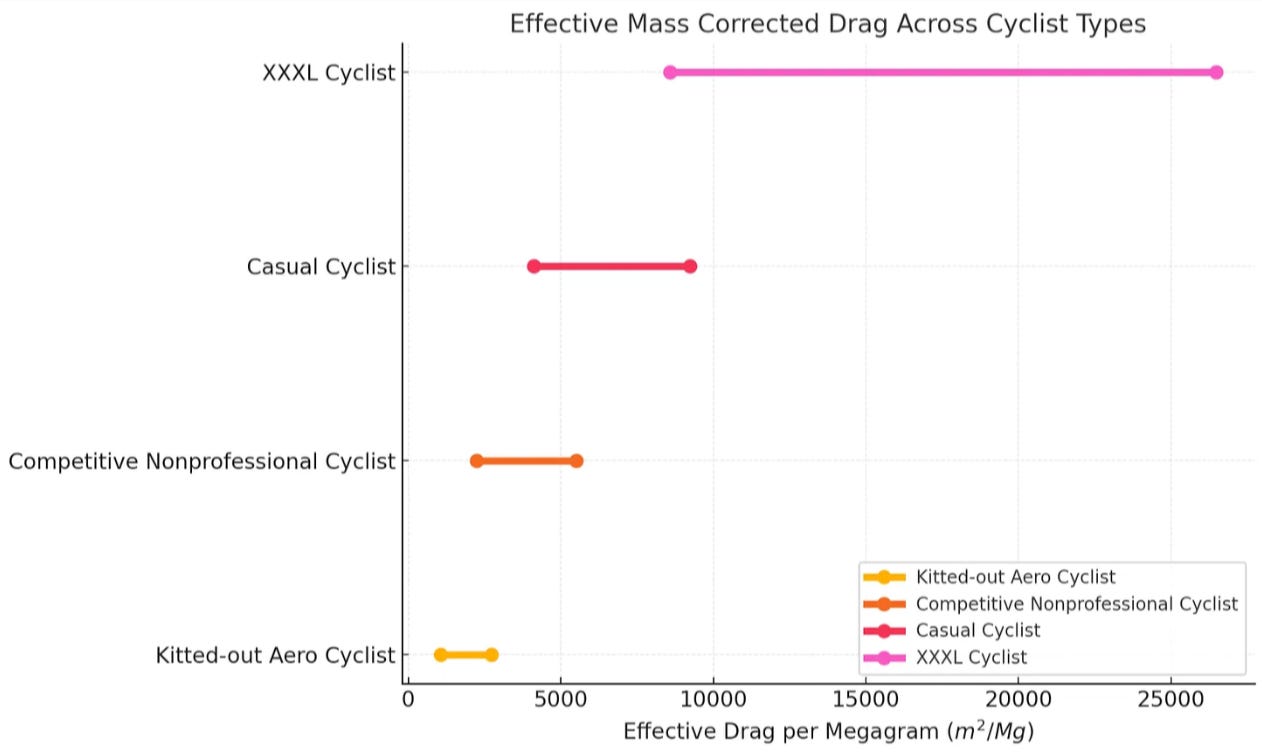⚙️ Mechanical Engineering Resources:
It is primetime internship/job hunting season and there is only one guide you need.
It is by far the most extensive resource on the internet for technical interviews for mechanical engineers
💼 Jobs & Internships
Internship season is in full swing! The race is on!
Freshmen - Check out our 4-Year Plan for how to get internships at startups!
Sophomores - Apply To These Positions
Cushing Terrell Mechanical Engineering Intern
Amphenol Mechanical Engineering Intern
Ametek Mechanical Engineering Intern - Spring 2025
Juniors - Full Send Longshots!
ASML Mechanical Engineering Intern
Formlabs Mechanical Engineering Intern
Rivian Mechanical Engineering Intern - Prototype, Mechanical Structures Engineering
Seniors & Graduates - It’s Go (Full) Time!
Super Tough:
gecko robotics Mechanical Engineer - New Graduate
Science Mechanical Engineer
Tesla Mechanical Design Engineer - Tesla Bot
More Reasonable:
Klein Tools Mechanical Engineer
Honeywell Mechanical Engineer II
General Atomics Aeronautical Systems Mechanical Engineer
Not seeing what you are looking for? Check out our Job Board for more MechE positions!
📰 Hardware News
We have removed this section the past few newsletters. Email us at hardwareishard@gmail.com if you think we should bring it back!
✅ Onshape Tip - Ribs
A few months ago we talked about using a custom feature script to lighten components. That is one way to lighten/strengthen (depending on how you look at it) parts.
Another approach especially relevant if designing injection molded components, is to add ribs.
In Onshape it couldn’t be simpler!
The GIF says it all!
👶 Meme Of The Week
🙋♂️ Interview Practice Question of the Week
This one is a shockingly hotly debated question within the biking community, so we figured we’d take a swing at answering it:
Which one goes down a hill faster when coasting, the larger, heavier biker in baggy clothes or the skinny aerodynamic biker?
✅ The Answer
As always, let’s start with first principles: FBD!
At rest, there are only two forces acting on the bicycle: gravity and the resultant normal force. At motion, the drag force starts to come into play (opposing the direction of motion until acceleration = 0 and velocity is constant).
Assumptions:
Neglectable rolling friction (well maintained bicycles)
Next up, let’s do a quick force balance of the forces we recorded above.
Y-Axis as defined above:
X-Axis as defined above:
Looking at the equation for X acceleration, it appears that g, theta, and rho (air density) should all be constant regardless of size/stature for the two cyclists. Let’s abstract those into two constants in order to clean up our equation.
Now we’re onto something, acceleration looks to be a factor of coefficient of drag, area and mass. It will start at K1 for both riders, and approach 0 at a rate defined by the ratio of (Cd * A) / m. As Cd and A increase, acceleration decreases, while an increase in m will increase acceleration. This is hardly surprising, but it is good mathematical confirmation of what our intuition would have told us in the first place. It also tells us the precise relationship between the the variables.
Note that this is likely as far as you would need to go in any entry level interview context.
For the sake of the argument, let’s take a look at some standard values and see if we can come up with a winner to this heated debate!
Based on what I could scrape off the internet, it seems as though the general bounds are as below:
Effective mass corrected drag [(Cd * A) / m] is plotted below for ease of range comparison:
As you can see, there is some overlap between most of the categories, particularly between the casual and competitive nonprofessional rider groups (which also happen to be the most likely to encounter each other on the road), so rule of thumb that skinny aero cyclist will go down the hill faster isn’t always true (though based on our calculations and assumptions, the aero cyclist should always beat the XXXL cyclist). The best case scenario here is actually a high mass/low drag combination.
Please note that there seems to be a lot of dispute about this on Reddit and other forums, some of which appear to come to different conclusions than I did here. As I mention, it mainly comes down to how you set your ranges and how aerodynamic someone can reasonably be. I estimated the best I could, but reality can always differ. Given that anecdotally, there seems to be strong sentiment that big heavy beats the kitted out aero cyclist in the majority of cases, I’m guessing that it’s because both cyclists are in the amateur ranges (middle two categories), where I would estimate that the cyclists have relatively similar drag coefficients and area but a large delta in mass (in which case the big heavy cyclist would win). Aero has to be pretty serious in order for it to play a large role. It’s also worth noting that it has greater impact at higher speeds and that all of this is assuming that no one is pedaling at all.
A great follow up question which also gets heavily debated: who will be able to coast further after exiting the hill onto a flat? Try it for yourself!








